A calendar year might be divided into months (moon-ths), but it is tied more closely with the sun. If it wasn't, then we wouldn't have to bother with Leap Years to tidy things back up again. The Wiccan year tracks the rising and falling of the light, highlighted by its Sabbats.
Yule (Winter Solstice): True Yule comes on the longest night, so the date changes each year. It would be the same if the Earth was perfectly round, but it's an oval, so the Winter Solstice can happen any time between December 20th and 23rd.
In the depth of winter, we're taking our first step towards summer. This is the darkest that our world could possibly be this year. From now on, the days will get imperceptibly longer. The night will recede until the opposite end of the scale is reached in June.
From our Earthly perspective, it is the annual birth of the sun, or, as Pagan lore represents it, the birth of the son. A new God is amongst us.

Imbolc (Imbolg; Candlemas): The sun might have been set on its route back up there, but no-one shivering down here could quite believe it in the depths of winter. By February 2nd, it's all becoming more conceivable.There's still a chill in the air, but the hints of spring to come are all around us. The world is definitely lighter, as our days become longer.
This Sabbat is often called the Quickening, in the same sense as a pregnancy that's become noticeable. This is the stirring of the light.
Ostara (Spring Equinox): Our days and nights are of equal length at the Spring Equinox. This occurs sometime between March 19th and 22nd each year.
The sun is winning out over night, with much more to come. All is in balance and the spring is well and truly here. We can even feel the heat starting to build now!
Beltane (Beltaine; May Day): May 1st is Beltane and it is generally a beautiful day. The sun is climbing towards its zenith. Our days are still getting longer and longer, with the heat that follows, when the sun is dominant over the night.
Midsummer (Summer Solstice): We have reached a point at the opposite end of the scale to Yule. The longest day barely leaves any room for night. The sun is blazing, we're hot and winter is as far from our minds as it is possible to be.
It is on one of the days between June 19th and 23rd, when the light hits its peak. Yet this is the seed of its destruction. From here until December, the sun is slowly dying, as far as we're concerned down on the Earth. The Son has blazed his highest trail.
Lammas (Lughnasadh): August 1st is the polar opposite of Imbolc. The first stirrings of the dark are sensed in the slightly longer nights. The God is becoming an old man now.
Mabon (Autumn Equinox): The day and night are again equal in length, somewhere between 21st and 24th September. But this time the days are getting colder and nights are getting longer.
This is a balance which is tipping in favor of the dark.
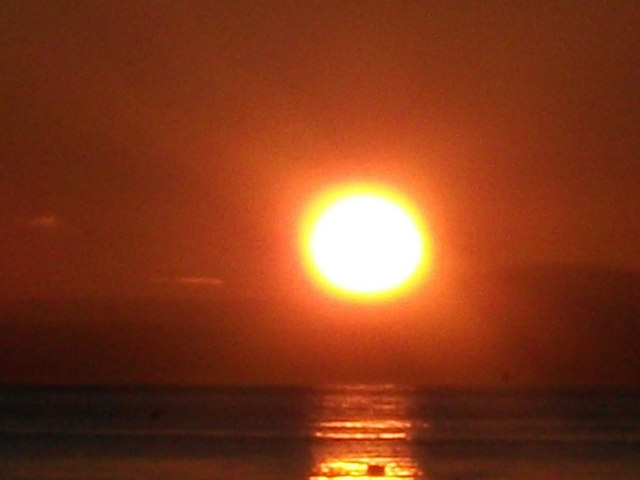
Samhain (Halloween; Hallowe'en): Six months after Beltane, the sun has fallen so far from its dominance that it's heading towards its lowest ebb. By October 31st, the dark nights have encroached on most of our daylight.
Autumn is giving way to winter. It is much colder and all we have to look forward to is more darkness and more coldness. The sun (or the Son) is almost dead, as we hurtle again towards Yule. There night has utter supremacy, as if the light has fallen entirely.
But in the depths of winter, a new sun is born and the Wheel of the Year turns again. Yule is both death and life recurring, neither the beginning nor the end of the sun.


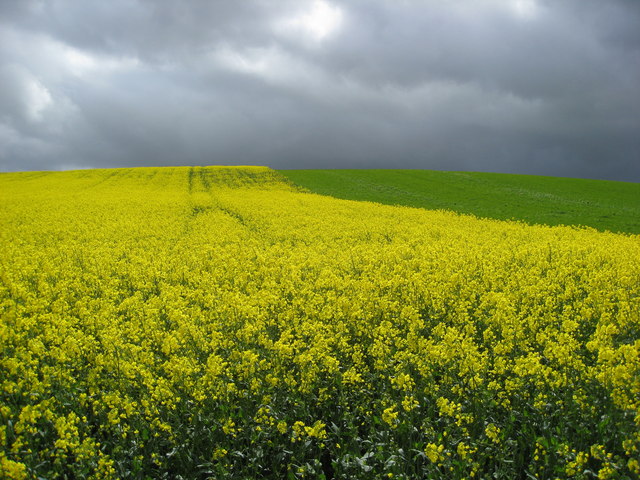 It is impossible to state where the Wiccan Wheel of the Year begins or ends. It is a cycle of life, wherein the decay of the dead nurtures the birth of the new.
It is impossible to state where the Wiccan Wheel of the Year begins or ends. It is a cycle of life, wherein the decay of the dead nurtures the birth of the new.
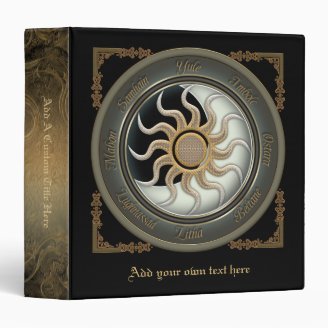
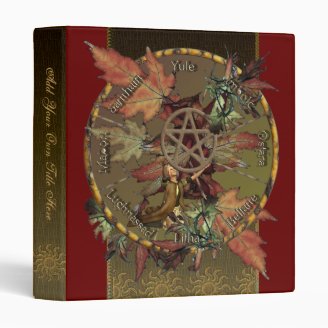





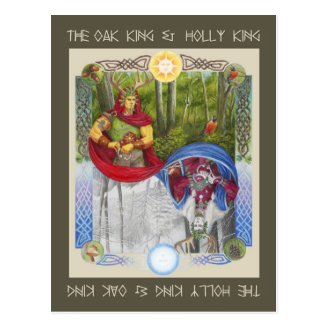
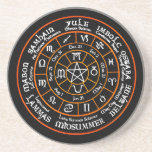

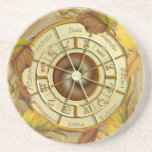
 For the overview, it might be better to think of her as Gaia or Mother Earth. The union between the sun and the Earth equals life and all its bounty. As for the yearly life cycle of the Son (Sun God) in our world, the Goddess has to wear many faces.
For the overview, it might be better to think of her as Gaia or Mother Earth. The union between the sun and the Earth equals life and all its bounty. As for the yearly life cycle of the Son (Sun God) in our world, the Goddess has to wear many faces.
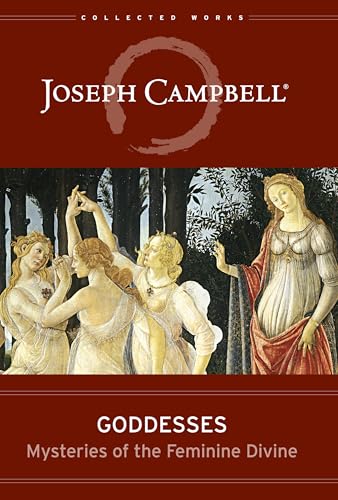

 A simple way to participate, without joining a coven or getting deeper into the Mysteries, is to attempt to align your own lives with each station.
A simple way to participate, without joining a coven or getting deeper into the Mysteries, is to attempt to align your own lives with each station.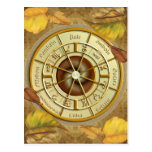
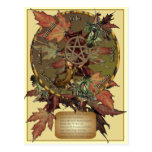
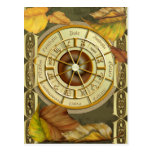
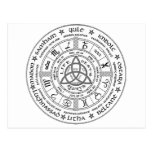
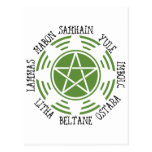







 St Tydecho's Churches in West Waleson 09/03/2014
St Tydecho's Churches in West Waleson 09/03/2014
 Goodies for an Outlander Premiere Partyon 03/06/2015
Goodies for an Outlander Premiere Partyon 03/06/2015
 Holocaust Memorial Day Interview with Rainer Höss, Grandson of Rudolf Architect of Auschwitzon 01/24/2015
Holocaust Memorial Day Interview with Rainer Höss, Grandson of Rudolf Architect of Auschwitzon 01/24/2015
 Romantic Valentine Gifts for an Outlander Fanon 01/16/2015
Romantic Valentine Gifts for an Outlander Fanon 01/16/2015

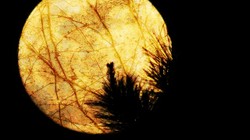
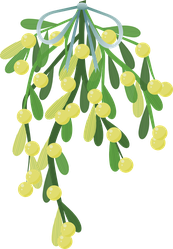
Comments
Thank you very much, Greenspirit. <3
I've really enjoyed your pages Jo...you write clearly and succinctly.
Thank you very much. <3
A very interesting article ;).